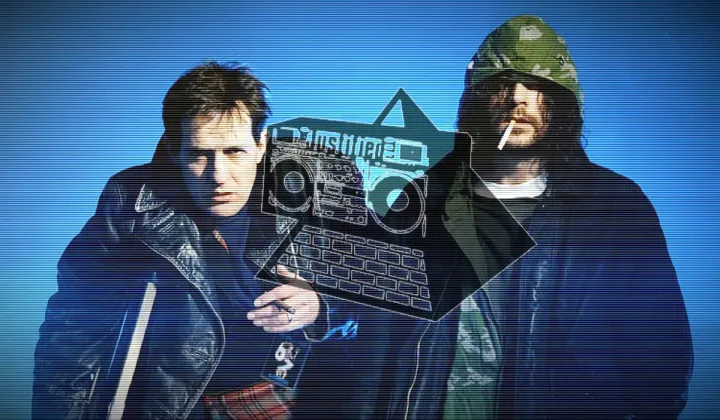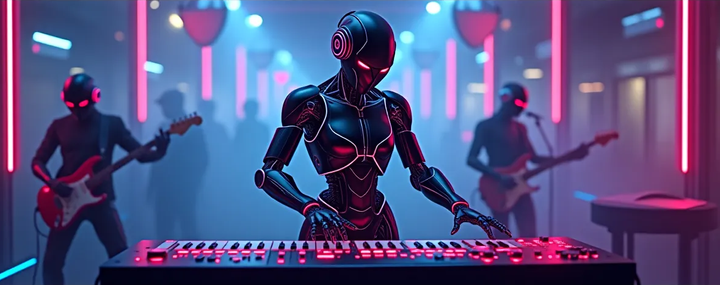From Underground Raves to Robot Rock: The Daft Punk Story
Back in 1992, while most of us were fighting with temperamental Nintendo cartridges and dreaming of owning a SEGA CD, something fascinating was happening on a Paris rooftop.
Two teenagers, Thomas Bangalter and Guy-Manuel de Homem-Christo, found themselves at Centre Pompidou, experiencing their first proper house music rave. The date was November 10th - not that anyone knew it would matter then.
What happened next reads like a techno-fairytale, but with synthesizers instead of magic wands. The pair formed Daft Punk in 1993, right when electronic music was this weird, underground thing that parents just didn't get - kind of like how they never understood why we had to blow into our game cartridges to make them work.

Their 1997 track "Around the World" is a perfect example of what made them special. Instead of trying to cram in every sound their equipment could make (and trust me, synthesizers in the '90s could make some bizarre noises), they went minimal. One bassline, some drums, and a vocoded phrase repeated exactly 144 times. The song runs at 121.3 BPM in E minor - specs that sound more like a game manual than a music sheet. But that's exactly what made it brilliant.
Let's talk about those helmets for a second. In an era when most electronic musicians just stood behind their equipment looking serious, Daft Punk turned themselves into robots. Each helmet cost 65,000 USD - you could buy a small mountain of SNES cartridges for that price. But these weren't just fancy dress props. They packed custom LED displays and electronics that would make a Neo Geo look primitive.

The technical achievement of their performances often gets overlooked. Their 2006-2007 "Alive" tour wasn't just about playing records - it was basically a full-scale arcade in concert form. They turned electronic music shows from "two people standing at mixers" into a multimedia experience that felt like stepping inside Tron.
The numbers are impressive: 10.4 million albums worldwide, 4 million in the US alone, and their final album "Random Access Memories" moved 4.1 million copies. But focusing on sales figures feels like measuring Super Mario Bros.' impact by its cartridge count. It misses the bigger picture.
What made Daft Punk special wasn't just their music - it was how they bridged worlds. They connected the underground with the mainstream, the analog with the digital, the simplicity of early electronic music with the complexity of modern production. They were like that perfect link cable connection between two Game Boys - creating something greater than the sum of its parts.
When they split in February 2021, it wasn't just the end of a band. It was like watching someone power down an old console for the last time, knowing all those save files and high scores would vanish. But just like how we still fire up our old hardware and blow into those cartridges, their influence lives on in every bedroom producer who thinks maybe, just maybe, they could make something as magical as "Around the World."
That's the thing about Daft Punk - they reminded us that technology, whether it's a synthesizer or a game console, is just a tool. What matters is the human touch behind it. And sometimes, that human touch works best when it's wearing a robot mask.



